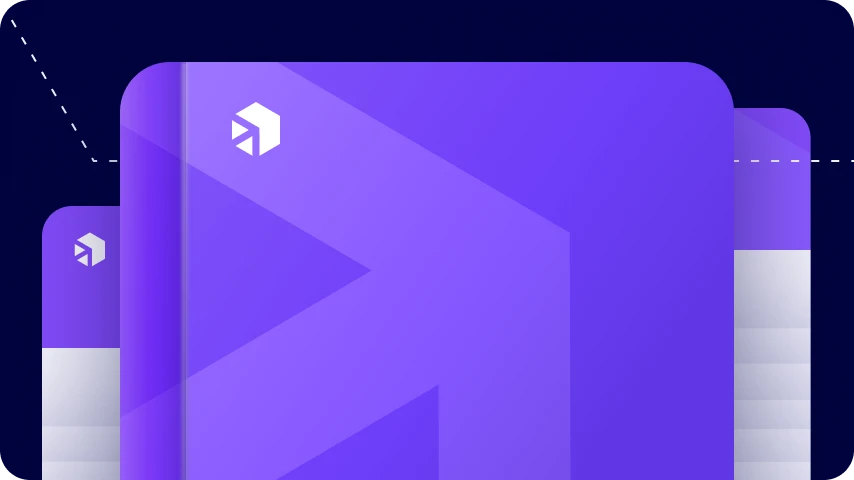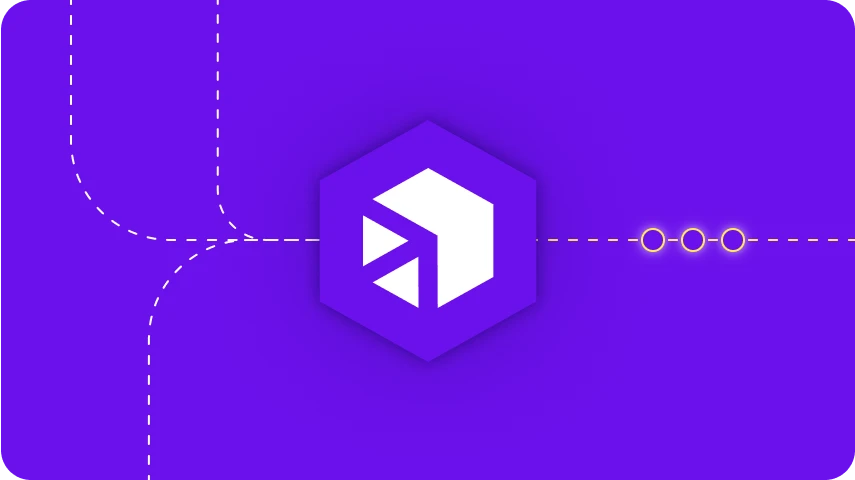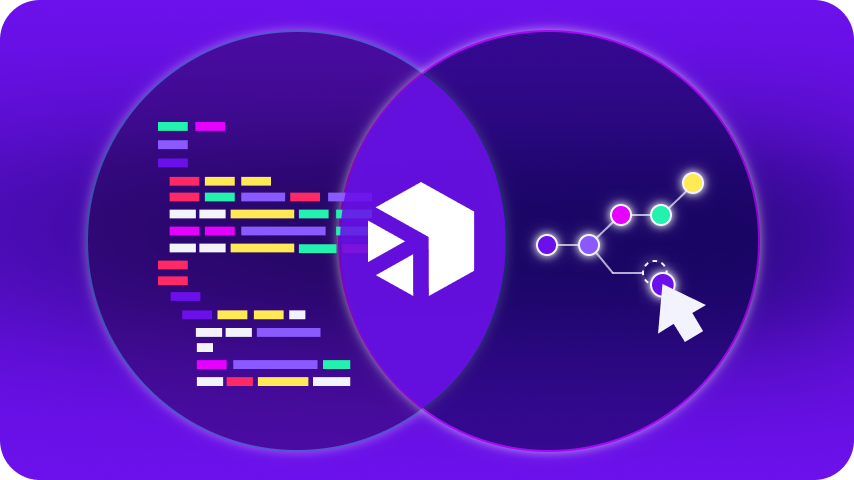October 17, 2022
Organizations around the world have built their businesses on SAP technology, an investment that has spanned many years. For those enterprises that started their ERP journey with SAP R/3 in 1992, the relationship is decades-long.

While many challenges have been encountered, including the costs of implementation, maintenance, mounting technical debt, and other factors, these are often outweighed by the advantages of a solid enterprise infrastructure that has proven itself over the years.
But the times, they are a-changin’. Today, organizations are moving most of their business to the cloud. And they’re not wasting any time. In 2017, a whopping 20% of businesses had yet to use the cloud. Flash forward to 2022 and 100% of businesses are using at least one cloud, with usage broken down by public cloud (96%), private (84%), and a mix of both (80%).
For many SAP customers, the imminent SAP ECC end-of-life will serve as a catalyst, motivating them to take what could be their first affirmative step into a truly digital, cloud-based world.
The Rise of the Cloud. Long Live the Cloud.
Prior to a mainstream cloud model, on-premises was the only option. In the 90s, when talk of the cloud was making early waves, many business people scoffed at the idea of putting anything into a virtual environment. They were still wrapping their heads around the web and just starting to understand the concept of software-as-a-service.
As the world started clueing in to the cloud’s potential, large corporations such as Google, Microsoft, and Amazon enthusiastically got on board, with Amazon Web Services rolling out its as-a-service infrastructure in 2006. In 2008 Google Cloud arrived and in 2010 Microsoft launched Azure.
In 2014, the Central Intelligence Agency (CIA) invested $600M to develop a computing cloud by AWS to service all 17 agencies within the intelligence community. The model enabled each agency to access on-demand computing and analytic services, paying only for what they used. For many, this public vote of confidence in the cloud reinforced its position as a safe and mainstream alternative to on-premises infrastructure.
Today, enterprises rely on the cloud to support composable technology stacks that generate faster cycles of innovation and growth. With greater resilience, the business is able to pivot quickly to consumer and market changes to remain competitive and profitable. Since the environment is hosted by the vendor, the company invests less on infrastructure and is able to leverage a more flexible finance model, shifting from CapEx to OpEx for lower or zero upfront costs.
$1.8 Trillion: Enterprise IT spending that will shift to cloud by 2025
The evolution from on-premises to the cloud continues to gain momentum, with Gartner predicting more than half of enterprise IT spending in key market segments will shift to the cloud by 2025. According to Gartner, this puts more than $1.3 trillion in enterprise IT spending on the table in 2022, growing to almost $1.8 trillion in 2025.
Evolving the Enterprise
With so much upside, it’s no wonder we’re seeing many enterprises prioritize cloud initiatives, including the requisite upgrade from legacy systems. For organizations that rely on an SAP ERP system, the SAP S/4 HANA cloud migration is the perfect opportunity to evolve.
This doesn’t mean a whole-scale shift to the cloud in a single leap. Given the complex and interwoven nature of most on-premises environments, a more thoughtful approach is required.
Integrating Old With New
Although your first serious foray to the cloud may begin with your S/4HANA migration, many other systems will remain on-premises for the foreseeable future. How well you connect these legacy systems with your new ERP will determine the success of your S/4HANA migration.
This is especially critical given the complicated nature of your ERP system and its interconnectivity with core business systems including customer relationship, marketing, and sales. Acting as a centralized database, your ERP supplies information to employees across your organization, supporting a variety of functions.
This business-critical infrastructure must be managed carefully with an effective SAP integration strategy that prevents business disruptions and downtime.
iPaaS for ERP Integrations
Digibee’s enterprise integration platform as a service (iPaaS) technology provides you with a scalable, cost-effective integration model that seamlessly bridges the gaps between existing enterprise platforms and your S/4HANA ERP system.
Based on our work with leading organizations, Digibee’s iPaaS implementation time is up to 70% faster—and with less cost—than the industry average.
Bauducco, the largest baked goods manufacturer in Brazil, migrated from its legacy ERP system to SAP S/4HANA, integrating 14 systems with the new platform and precluding the need for costly customization work. Learn more →
Accelerate Your SAP S/4HANA Migration
Although SAP has extended ECC end of life to 2027, many enterprises remain on an accelerated timeline. Instead of viewing the migration as a standard upgrade dictated by the SAP roadmap, they are aiming for a loftier goal.
With these organizations, SAP S/4HANA is a portal to the future, a next (or first) evolutionary step towards a truly digital, cloud-based business model.
Digibee’s low code enterprise iPaaS technology supports this evolution, with faster SAP integrations, decreased operating costs, expedited recovery times, and zero downtime. Along with a streamlined integration strategy, our customers free up resources to focus on higher value S/4HANA migration work. It’s a win-win.

The SAP Store features SAP and partner solutions to help power your intelligent enterprise, and Digibee is proud to be a featured vendor.
Read the white paper to learn how an SAP integration strategy will help your migration move quickly and with fewer headaches. For more information, visit our SAP resource page.













